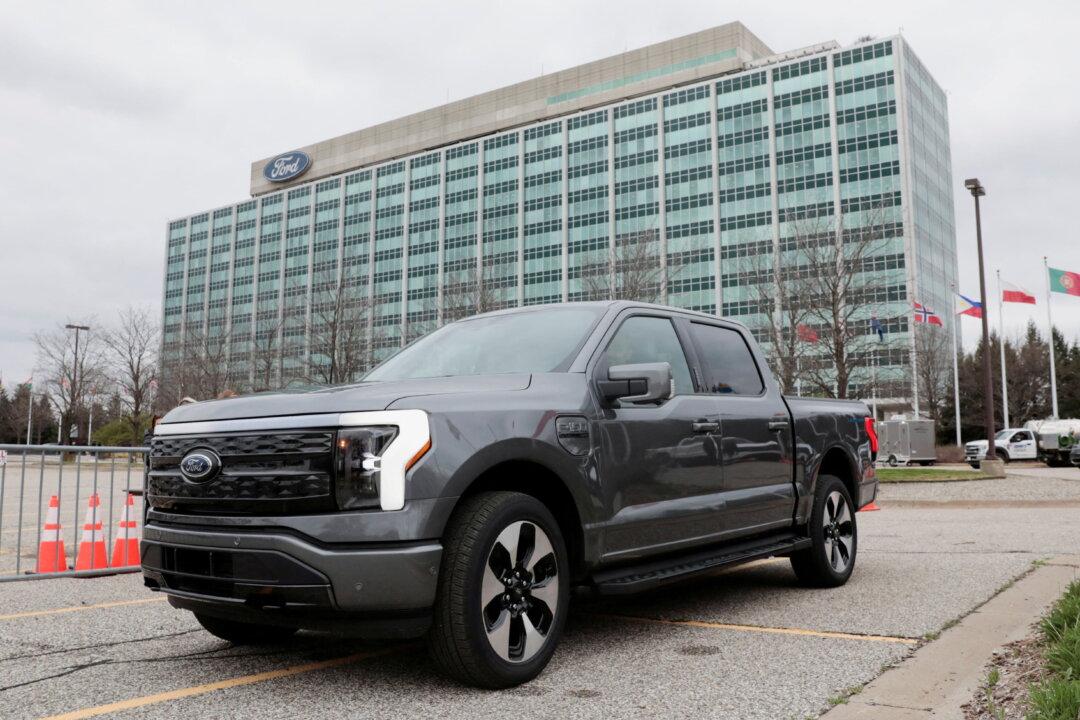The range of electric vehicles can fall by up to a quarter when made to carry heavy loads, according to a study conducted by the American Automobile Association (AAA) on Ford’s EV pickup truck F-150 Lightning.
In an unloaded state, the 2022 Lightning had a driving range of 278 miles. However, with a payload of 1,400 pounds, the driving range dropped to 210 miles, a decline of 68 miles or 24.5 percent from the unloaded range, according to the June 13 study. Such payloads are equivalent to hauling around 20 bags of concrete mix. AAA advised that prospective buyers of EVs who are likely to carry heavy loads regularly should “consider the impact this can have to their driving range.”





